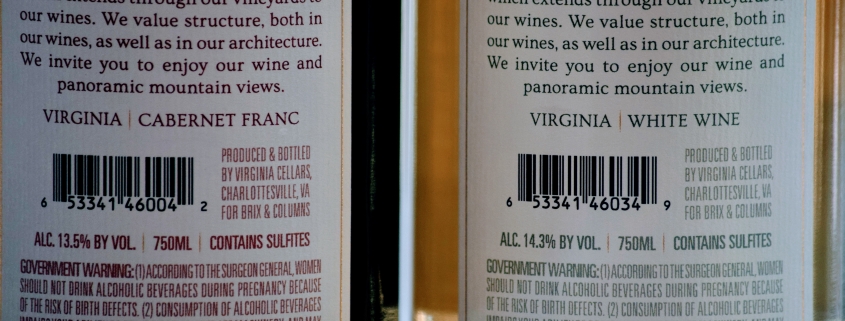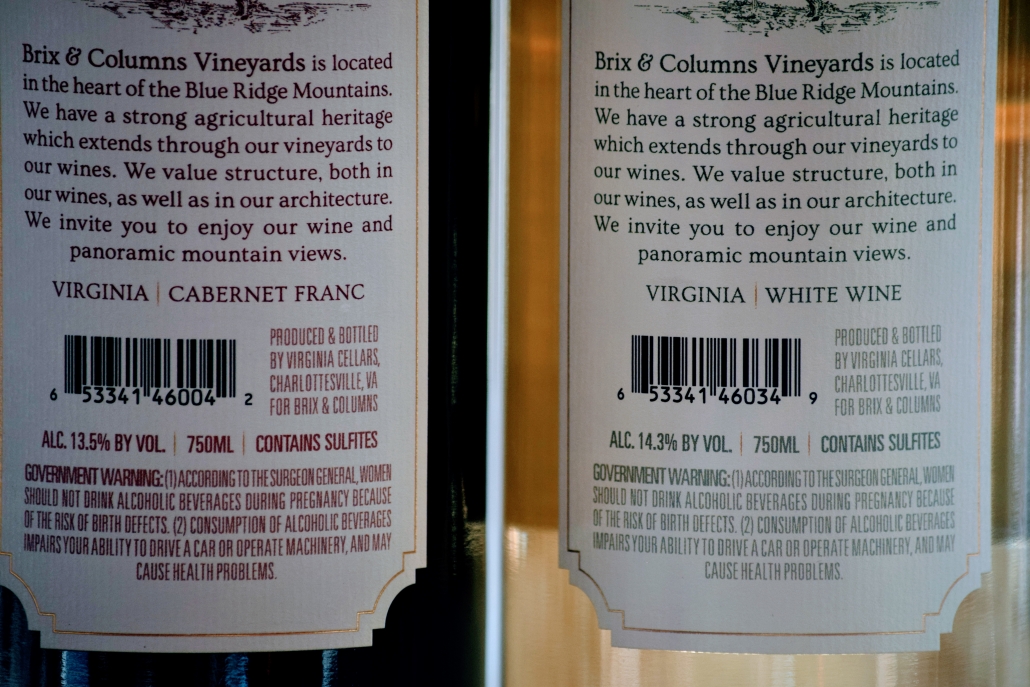Contains Sulfites?! What does this mean?
Last week I heard someone asking Mom why there were sulfites in our wine. They were lamenting that the European wine they had recently enjoyed on vacation said nothing about sulfites on that label, but all American wines list “contains sulfites” on their labels. Now, I know I’m just a dog, and there may be one or two things about the wine world that I don’t know yet, so I figured this opportunity was ripe for me learning more.
It turns out that sulfites appear in wine one of two ways. They are a natural byproduct of the yeast fermentation process, and winemakers often add them to the wine to stop further fermentation and to prevent the wine from spoiling while it is in the bottle waiting for you to drink it. The reason they help with both of these issues is because sulfites (otherwise known as sulfur dioxide or SO2) are both antimicrobial and antioxidant, so they help keep the wine from receiving too much exposure to spoilants or oxygen.
They are used in higher quantities in wines that are sweet, that are low in acidity, or that are white. If you are looking for a wine that is lowest in sulfites, your best bet is to grab a bottle of dry red wine since white wines typically have twice as many sulfites than reds. Sulfites don’t just help preserve wine, though, they are also present in foods like dried fruits, soda, candy, french fries, potato chips, and so many others. If sulfites equal french fries or potato chips, you can count me in – just don’t tell Mom you invited me to join the junk food party!
It turns out that the only difference in sulfites in wines between here in the US and in Europe is in the labeling. In the United States, wines that contain more than 10 ppm (parts per million) require the label “contains sulfites”, whereas European standards don’t have the same requirement. The upper limit allowed in the United States (350 ppm) and Europe (210 ppm) do differ, but you can expect most dry red wines to have about 50 ppm no matter where you are in the world!
Sulfites have been used in the wine world since the Romans first discovered their preservation benefits, and now that “added sulfite”-free wines are making their way to the wine markets, it is easy to see why winemakers over the past few centuries have decided to continue adding them – they allow wine to keep and age well. Now that I think about it, I must have plenty of sulfites floating around inside me, because I think everyone can agree that I am aging like a fine wine!





